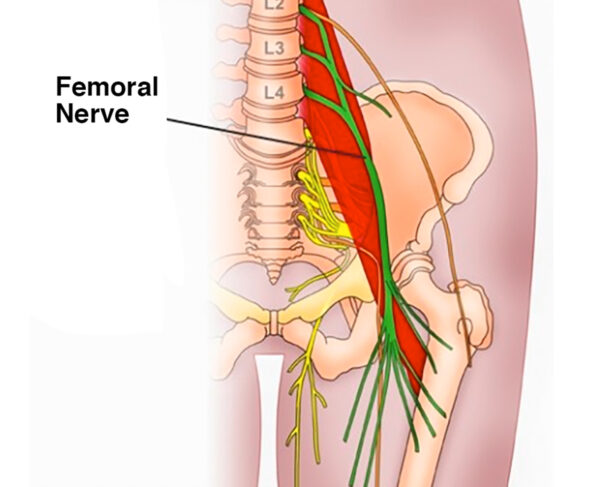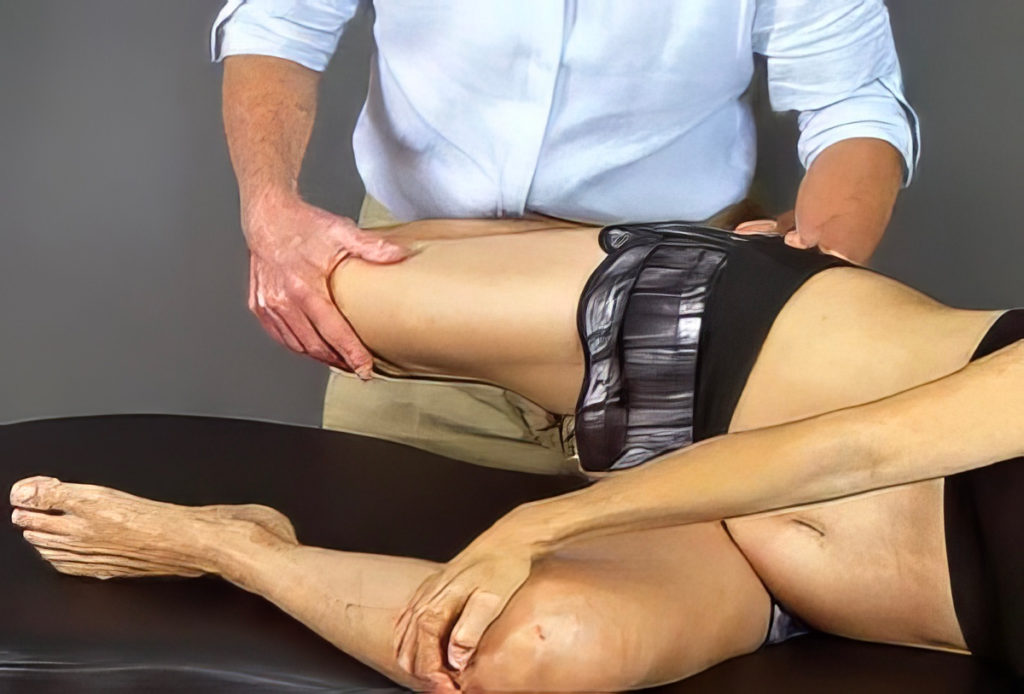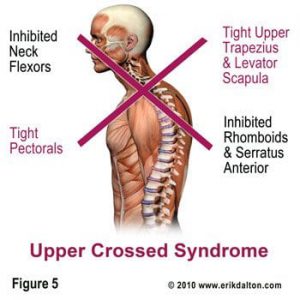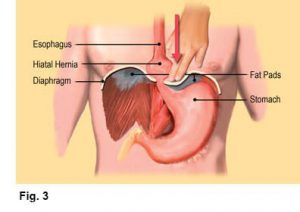The femoral nerve is one of the largest neural structures in the leg. Its branches supply sensation to the upper thigh and control the quadriceps muscle, which is responsible for straightening the knee. Femoral nerve impingement can produce various symptoms. Numbness, tingling and shooting pain into the leg (and sometimes into the groin area) is common. Thigh muscle weakness can occur and in severe cases, causes the knee to buckle. Symptoms typically result from direct trauma or prolonged pressure on the femoral nerve. Several treatments can alleviate femoral nerve impingement symptoms, but the first step in treating femoral neuropathy is dealing with the underlying condition or cause.

If compression on the nerve is the cause, the goal will be to relieve the compression. Manual therapy interventions in the form of soft-tissue mobilization can be directed to musculotendinous structures entrapping the nerve followed by specific neural mobilization techniques. Although there is limited evidence to support soft-tissue mobilization for lower extremity nerve entrapments, these techniques can address goals of increasing range of motion, reducing pain, decreasing swelling, increasing flexibility, and/or improving muscle performance.
In addition to manual therapy techniques, stretching and strengthening exercises, aerobic conditioning, and cognitive-behavioral education have been shown to be valuable in the treatment of those with nerve entrapments in the hip region. Graded exposure stretching, whether performed independently by the client or by the manual therapist appears to be helpful in relieving femoral nerve compression due to lumbar spine pathology (L2-L4) or musculotendinous entrapment. However, aggressive stretching can be irritating to the nerve and must be controlled in a slow and progressive manner.
Targeted strengthening exercises are also helpful to facilitate proper load transfer between the lumbosacral spine, pelvis, hip, and lower extremity when alterations or deficiencies of these relationships have been identified. For those with chronic pelvic pain, non-symptom provoking strengthening and training of the pelvic floor muscles is recommended. Aerobic conditioning can be useful because of the general positive effect it has on overall pain management and cognitive behavioral therapy may assist the client in gaining a sense of control over pain by providing an understanding of pain mechanisms and coping strategies. Here are a couple of techniques I’ve found helpful in reducing pain and improving function is those clients presenting with femoral nerve symptoms.

Femoral Nerve Mobilization (L2- L4) (left sidelying)
ACTION:
- Client uses both hands to grasp the bottom knee towards their chest.
- Therapist’s left hand grasps client’s right ankle and right hand grasps client’s knee
- Therapist steps behind client’s knee as it is brought into flexion
- With therapist’s right hand on client’s knee and left hand securing client’s ankle, the therapist can create knee flexion or hip extension
- Therapist gently extends client’s hip to painful femoral nerve barrier and backs off to the inter-barrier zone
- The client tucks their chin to traction the femoral nerve
- To floss the nerve distally, the therapist gently adds knee flexion as the client brings their head back to neutral
On sale this week only!
Save 25% off the "Dalton Technique Treasures" eCourse
The “Dalton Technique Treasures” eLearning course is a compilation of some of Erik’s favorite Myoskeletal Alignment Techniques (MAT). Learn MAT techniques to assess and address specific sports injuries, structural misalignment, nervous system overload, and overuse conditions. ON SALE UNTIL July 29th! Get Lifetime Access: As in all our eLearning courses, you get easy access to the course online and there is no expiry date.








